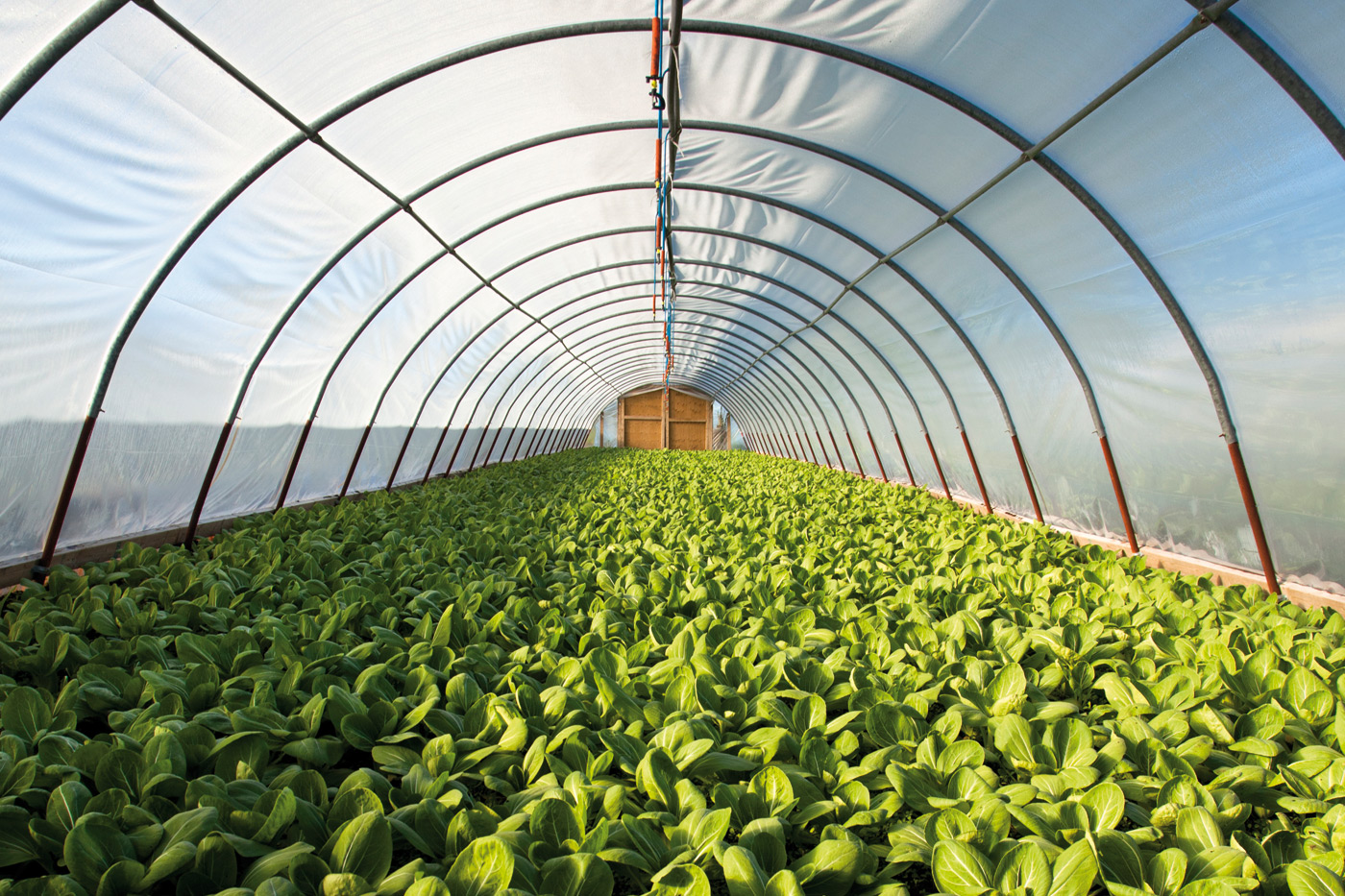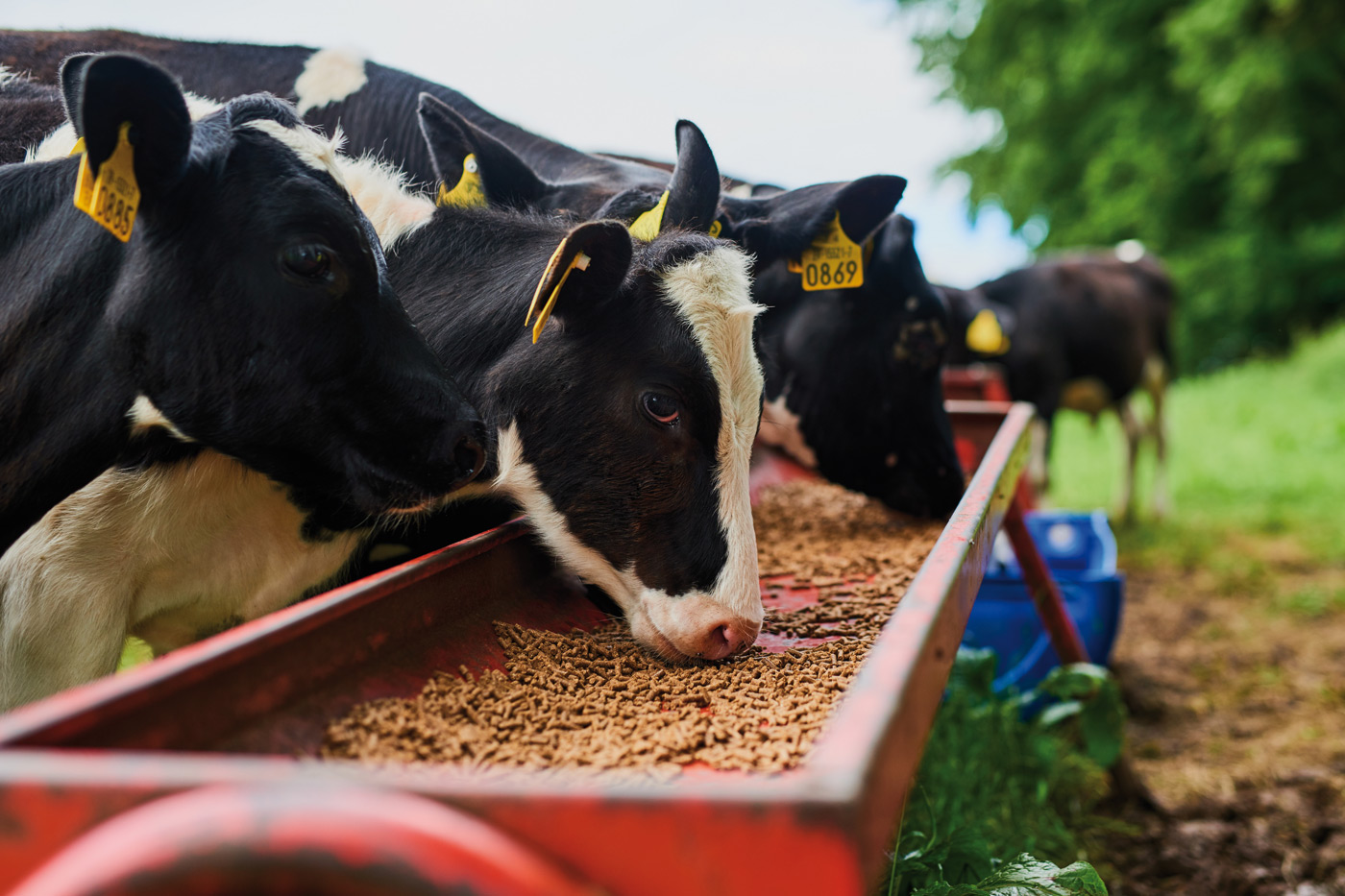Financing Food Systems Decarbonisation: The Forgotten Sector
Banks must support the transformation of the food system by directing capital to sustainable and responsible technologies and activities.

By World Wide Fund for Nature
The food system is responsible for almost a third of total global greenhouse gas (GHG) emissions. Did you know that a cup of milk has roughly the same carbon footprint as driving a petrol-powered car for 2km? The global food system as a whole is responsible for almost a third of total GHG emissions, and just 13 dairy companies are responsible for more emissions than the entire United Kingdom. This example brings the climate impacts of the food system into perspective, an oft-forgotten sector in the race to achieve the goals of the Paris Agreement.
The carbon footprint of food comes from a variety of sources, including agriculture-related emissions, such as land-use change, fertiliser, oxidation and composting. However, the food system does not only impact the climate, but climate change will impact the food system as well. Malaysia has direct exposure to climate change via impacts to domestic food production and indirect exposure through the global supply chain. This will result in both physical and transition risks for the financial system.
On a global scale, the Intergovernmental Panel on Climate Change predicts that climate change will result in higher food prices, lower nutritional quality of produce, lower productivity, declines in yields (particularly in tropical areas) and disruption of supply chains. In Malaysia itself, a vulnerability assessment found that domestic crop production, including rice, could experience reduction in yields of up to 60% and leave large tracts of land unsuitable for cultivation. These impacts ultimately have a knock-on effect on the wider financial system, by feeding into traditional financial risks such as credit risk, liquidity risk, market risk, reputation risk and operational risk. To illustrate this, it is estimated that soil degradation alone could cut global crop yields by an average of 10% with estimated losses of USD6.3 trillion–USD10.6 trillion per year globally.
Additionally, transition risks may be manifested in Malaysia’s economic reliance on palm oil, which makes up 74% of our agricultural land. This industry is being challenged by the industry’s environmental and social issues which has led to stricter restrictions in global supply chains, including a planned EU phase-out of palm oil in biodiesel.
Even with the absolute elimination of fossil fuels, GHG emissions from the food system will prevent the world from limiting warming to both the 1.5°C and 2°C targets. While the food system has received less attention than other sectors, momentum on reducing food-related emissions at the corporate level has been increasing, which has changed the business, regulatory and social environment that companies operate in.
Given the situation, it is imperative that financial institutions change how risks relating to food financing are being assessed, integrated into financial decision-making and monitored. Banks and investors may adopt existing international initiatives in transitioning their portfolio towards a low carbon economy and reporting it accordingly. The Science-based Targets initiative (SBTi) is a coalition that works to enable companies worldwide to set emissions reduction targets based on credible climate science. Over 1,000 companies, including Bursa Malaysia Berhad, have made climate commitments through the SBTi, which offers a tailored target-setting framework for financial institutions. The coalition is currently undertaking a project focusing on the forest, land and agriculture (FLAG) sector. This project will incorporate land-intensive emissions, including deforestation, from all three scopes in the value chain. The project will have two different pathways for decarbonisation: a sectoral pathway for companies with diversified emissions and a commodity pathway for those with focused emissions. In addition to accounting for GHGs emitted, the FLAG pathways will integrate emissions removals within the land sector, which makes these pathways unique as land is inherently connected with the production of food and drink.

The FLAG project is complemented by the parallel development of the GHG Protocol for Project Accounting, which is led by the World Resources Institute and the World Business Council for Sustainable Development. This project aims to develop new standards to guide corporate accounting and reporting of carbon, including carbon removals and sequestration, land sector emissions and removals and bioenergy.
In addition to the aforementioned initiatives on climate target-setting, accounting and reporting of land-intensive sectors, climate risk management and disclosure are being given high priority in the industry, and are even being made mandatory in certain regions. The Task Force on Nature-related Financial Disclosures (TNFD) is currently being developed with the aim of creating a framework for organisations to report and act on nature-related risks and opportunities through risk management, strategic planning and asset allocation decisions. The TNFD builds on the foundation of the Task Force for Climate-related Financial Disclosures (TCFD), which has grown into a benchmark for sustainability reporting, and upon its expected launch in 2023, it is intended that both frameworks will complement each other in promoting a comprehensive coverage of financially material climate and nature risks in the market.
A study by the World Economic Forum and Boston Consulting Group found that emissions within the food system can be effectively mitigated through carbon-efficient transportation, usage of renewable energy in processing and packaging, deforestation-free agriculture, enhanced efficiency in the production process, and other means such as sequestration and nature-based solutions. In practice, these mitigation levers can be illustrated by the following innovative business model.
A WWF pilot project on net-zero ‘dairy farming in the United States explored viable climate mitigation levers within the context of a mid-sized dairy farm, such as:
The project found that the adoption of the above levers can benefit dairy farms through enhanced climate performance and increased revenue potential, from streams such as savings, increased productivity, and sale of manure-based products. The project estimated that for a mid-sized dairy farm, a return of over USD1.9 million per year within a five year time frame is possible through the above levers in the best scenario. However, these levers will have to be supported by significant capital investment.
Innovative business models such as the above can be novel and unproven, lacking the traditional track records financiers would assess before taking interest. Therefore, such models should be met with fit-for-purpose financial products.
In order to support the transformation of the food system, financial institutions should direct capital towards the technologies, equipment, infrastructure and resources required for decarbonisation. This can include preferential financing for food companies with robust decarbonisation strategies, and specialised farming system payments for innovative approaches, such as capital allocations for agroforestry, organic farming and conservation agriculture.
In addition, support from financial institutions could reduce the cost burden related to sustainability related certification audits and on-site improvements. This type of financing would not only support decarbonisation, but it has the potential to address challenges to improved productivity for smallholders in emerging economies, such as access to credit and training. The following case study provides an example of a funding mechanism for a climate-smart coffee agroforestry system in Peru.
The Café Selva Norte project supports four coffee cooperatives in Peru by providing microcredit and technical assistance to enhance sustainable agroforestry systems with an emphasis on forest protection and tree planting activities, strengthening and professionalising operations through setting up a coffee grading laboratory and processing mill, and diversifying revenue streams.
The USD14.5 million project is financed through a Sustainable Land Use Vehicle by URAPI, supported by a capital injection from the privately-managed Land Degradation Neutrality Fund. The URAPI vehicle is managed by ECOTIERRA, and provides long-term financing under a 15-year strategy. The vehicle provides debt to the cooperatives and equity is directly invested in processing plants, of which the cooperatives also own shares in. The vehicle’s eventual exit strategy involves transferring the processing plant’s ownership rights to the cooperatives and payment of carbon credits.
The project aims to generate revenue through sales of sustainability certified coffee and timber, collecting fees for delivering processing and commercialisation services to cooperatives through the processing plant, and through monetising newly planted forests through the sale of carbon credits. Through this project, it is expected that 1.3 million tons of CO2 equivalent will be sequestered, while improving the livelihoods of 2,000 producers.

Given the constellation of internal and external factors related to the decarbonisation of the food industry, it is key for financial institutions that are financing food-related businesses to recognise and identify climate- and nature-related risks, and integrate these considerations into their decision-making processes, while ensuring that financing and investments are channelled towards economic activities that are responsible and sustainable. This can be achieved through the following approaches:
> Assess, monitor and disclose financial risks and impacts relating to agribusiness using robust standards and frameworks
The GHG Protocol can be utilised by financial institutions to account for emissions across the value chain, which can then be disclosed through frameworks such as the TCFD. At the same time, institutions should adopt a double materiality approach to understand both nature-related risks and impacts. For example, institutions can use tools such as ENCORE (Exploring Natural Capital Opportunities, Risks and Exposure) to identify and scrutinise specific dependencies and impacts of particular food sectors on ecosystem services and nature at the portfolio level, and as a whole, institutions should prepare for a future of disclosing their impacts on nature through the TNFD.
> Set robust targets and commitments based on leading climate science
Financial institutions should reduce carbon emissions across the value chain in line with a science-based target pathway such as the SBTi FLAG project. This will involve reductions through avoiding emissions-producing activities and by excluding carbon intensive and destructive operations, such as deforestation, and through lowering carbon emissions which cannot be avoided, such as reducing the carbon impact of the products and services provided. Financial institutions should quantify financial commitments by pricing remaining emissions, for example, through setting an internal carbon price or defining a specific investment amount.
> Capitalise on new market opportunities
It is estimated that the transformation of the food system by 2030 would require investments of up to USD300 billion–USD350 billion per year. Therefore, the aforementioned financial commitment should be invested on a portfolio of potentially high-impact climate and nature solutions, such as investments in food production and processing optimisation and efficiency, new technologies to improve climate performance of the food systems and sustainable finance mechanisms for climate-smart food, particularly where they unlock the potential of nature-based solutions which benefit the climate, nature and people.
Climate change is already wreaking havoc on the production of food in many regions, and we cannot afford to ignore the warning signs and allow the drivers of climate change to maintain the status quo, let alone accelerate. The food system is currently not on track to reach the goals of the Paris Agreement, and the door is closing to mitigate climate change to safe levels. However, by taking a holistic approach to net zero, financial institutions can support the decarbonisation of the food industry, leverage on the vast financial opportunities of sustainability in this sector, and help guarantee a green and safe future for nature and society as a whole.
Adam Farhan Salmaan Hussain is a Sustainable Finance Executive at WWF-MY. Based in Kuala Lumpur, he holds a BA in Anthropology with Politics.
Fatin Zani is a Sustainable Finance Senior Executive at WWF-MY. Based in Petaling Jaya, she holds a MSc in Islamic Finance and BSc in Actuarial Science.